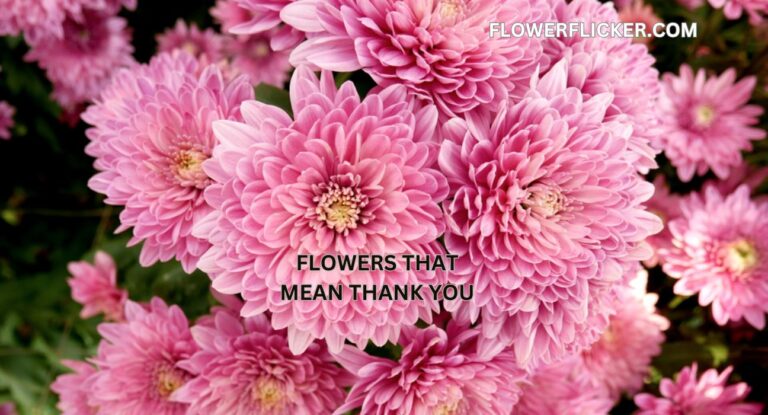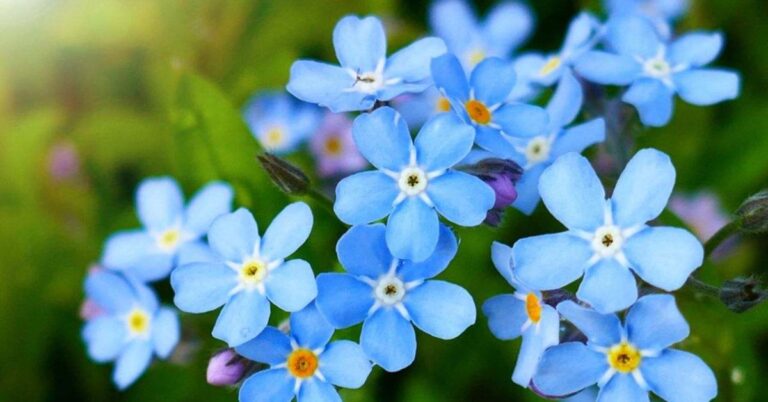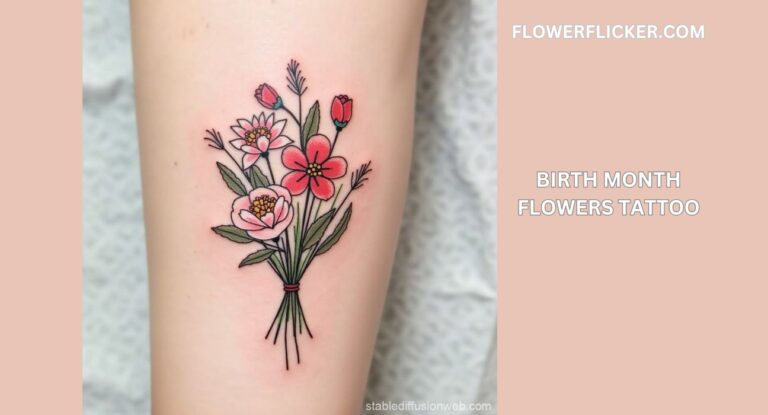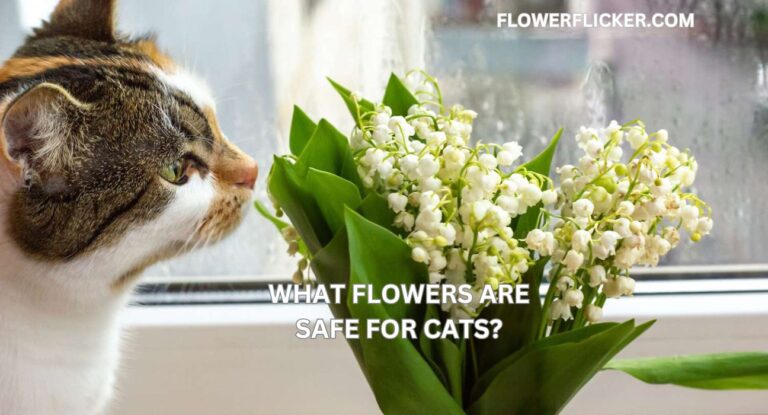14 Beautiful Flowers That Represent Healing
14 Beautiful Flowers That Represent Healing, uncovering their rich histories and the symbolism behind their stunning appearances. Whether used in traditional medicine or cherished for their visual beauty, these flowers have long been associated with restorative powers across cultures. Join us as we delve into the enchanting world of floral remedies and discover how these natural wonders can inspire hope and renewal in our lives.
Flowers That Mean Healing
Flowers have served as symbols of healing for centuries, often intertwined with cultural beliefs and traditional remedies.The Best Healing Flowers You Need for Emotional Wellness Now!
- Jasmine
- Snapdragons
- Sunflowers
- Lavender
- Sage
- Evening Primrose
- Dandelion
- Roses
- Verbena
- Chrysanthemums
- Gerbera Daisy
- Calendula
- Camelia
- St. John’s Wort
Jasmine
Jasmine, often celebrated for its delicate beauty and intoxicating fragrance, holds a special place in many cultures as a symbol of healing. This enchanting flower is not only prized for its visual appeal but also revered in traditional medicine for its soothing properties. The aroma of jasmine has been found to alleviate stress and anxiety, promoting a sense of tranquility that can support emotional healing. Its subtle scent lingers in the air like a gentle lullaby, inviting individuals to embrace relaxation and mindfulness.
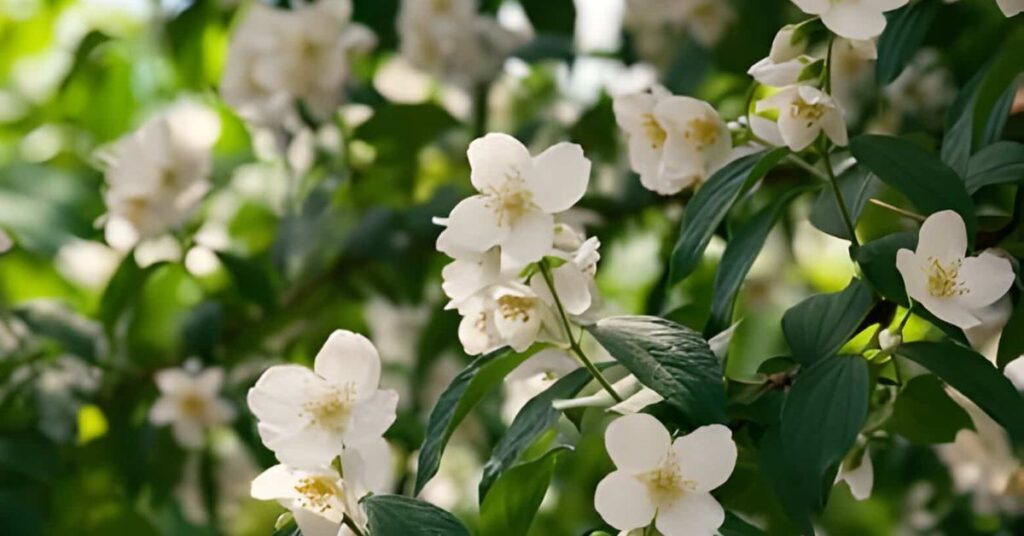
Beyond its olfactory delights, jasmine’s therapeutic benefits are manifold. Research suggests that the essential oils derived from these beautiful blossoms can aid in curing sleep disorders and enhancing overall well-being. Jasmine extracts have been incorporated into various herbal remedies aimed at improving skin health due to their anti-inflammatory properties.
Snapdragons
Snapdragons, with their unique tubular blossoms that resemble a dragon’s mouth, have long captivated gardeeners and flower enthusiasts alike. Beyond their striking appearance, these beautiful flowers also carry powerful symbolism related to healing and resilience.
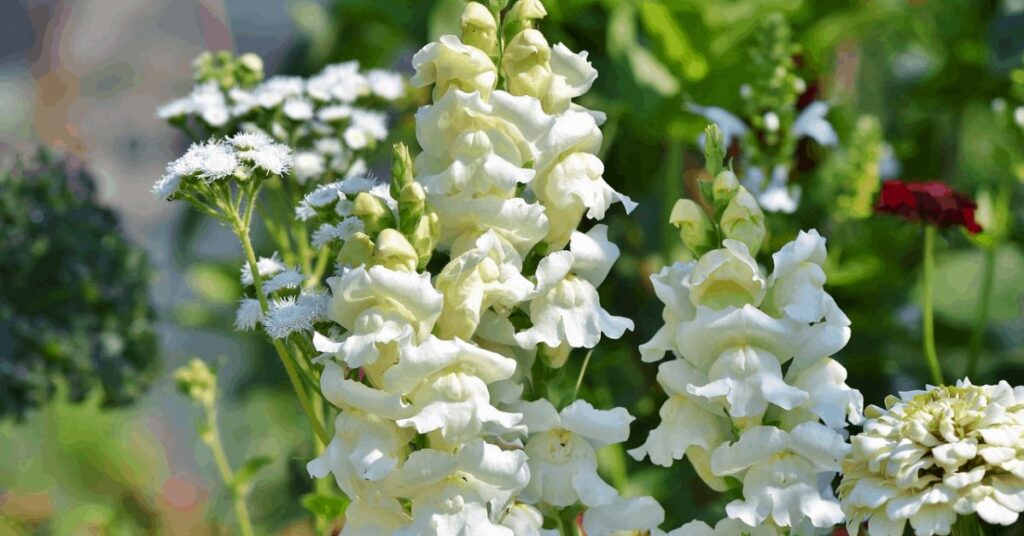
Historically utilized in herbal medicine, snapdragons were believed to possess properties that could soothe emotional distress and encourage physical recovery for new beginning. By planting these vibrant blooms in your garden or bringing them into your home, you may invite an atmosphere of rejuvenation and comfort.
Sunflowers
Sunflowers, with their vibrant yellow petals and towering heights, are more than just visually stunning; they embody a profound symbolism of healing. In various cultures, these beautiful flowers serve as reminders of resilience and positivity. The act of turning towards the sun signifies embracing light amidst darkness, making sunflowers powerful metaphors for personal growth and recovery from trauma. Their cycle—germination to blooming—mirrors the human journey through struggle towards rejuvenation and happiness.
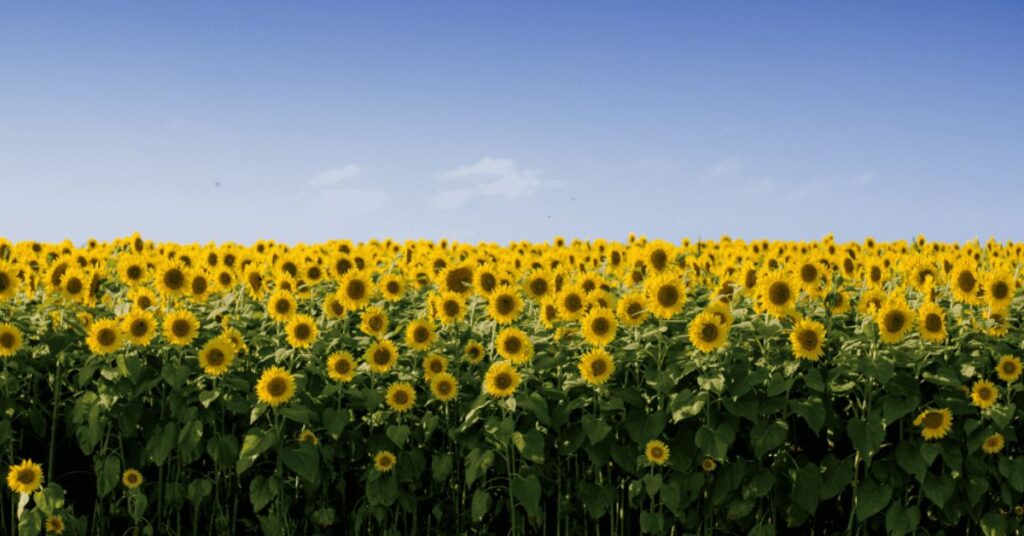
Lavender
Lavender, with its striking purple hues and soothing fragrance, has long held a prominent place in the realm of healing. Beyond its visual appeal, this beautiful flower symbolizes tranquility and restoration—qualities cherished by herbalists and wellness enthusiasts alike. As a staple in aromatherapy, lavender essential oil is renowned for reducing anxiety and improving sleep quality. Its presence can transform a simple room into a sanctuary of calmness, making it an ideal companion for those navigating stressful times.

This enchanting bloom also plays an essential role in holistic health practices. Lavender’s natural anti-inflammatory properties make it useful for treating minor burns and skin irritations, allowing individuals to harness nature’s remedy in their everyday lives. Furthermore, incorporating lavender into one’s environment—through bouquets or dried arrangements—can be a gentle reminder to embrace self-care routines and mindful moments throughout the day.
Sage
Sage is not only celebrated for its culinary uses and aromatic qualities, but it also thrives in the realm of healing through its beautiful flowers. Among these, the vibrant blooms of Salvia officinalis, commonly known as garden sage, stand out with their purple and blue hues that symbolize wisdom and clarity.

These colors have long been associated with spiritual healing and emotional balance. The act of planting or gifting sage flowers can serve as a poignant reminder to cultivate both abundance in one’s life and self-acceptance.
Evening Primrose
Evening Primrose, with its striking yellow blossoms that unfurl in the fading light of dusk, carries a symbolism of healing deeply rooted in various cultures. The flower’s enchanting beauty serves as more than just an ornamental addition to gardens; it has long been celebrated for its medicinal properties.
Rich in gamma-linolenic acid (GLA), this plant is particularly revered in herbal medicine for supporting skin health and hormonal balance. Its oil has become a popular remedy for conditions such as eczema and premenstrual syndrome (PMS), showcasing how nature’s aesthetics intertwine seamlessly with therapeutic potential.
Dandelion
Dandelions, often dismissed as mere weeds, hold a treasure trove of healing properties that many overlook. These beautiful flowers, with their bright yellow petals and fluffy seed heads, symbolize resilience and renewal in nature. Traditionally celebrated in herbal medicine, dandelions are packed with vitamins A, C, K, and various B vitamins, along with essential minerals such as calcium and potassium. Their leaves can be enjoyed fresh in salads or steeped for tea, offering a detoxifying boost that supports liver function and digestion.

Beyond their nutritional value lies the profound connection between dandelions and emotional healing. The act of blowing on a dandelion’s puffball is not just playful; it serves as a metaphor for releasing worries and making wishes—a practice rooted in ancient traditions emphasizing hope and intention. Each tiny seed released into the wind represents potential new beginnings. Engaging with these beautiful flowers invites us to reflect on our own journeys through adversity while reminding us of the beauty found in growth after hardship.
Roses
Roses, often celebrated for their stunning beauty and intoxicating fragrance, carry a profound symbolic weight in the realm of healing. Beyond their romantic associations, these beautiful flowers symbolize emotional recovery and resilience. Each hue conveys a different sentiment; for instance, pink roses are commonly linked to gratitude and admiration, making them ideal for nurturing relationships that aid in healing after loss or hardship. A garden filled with various colored roses can serve as a powerful reminder of love’s ability to mend wounds.
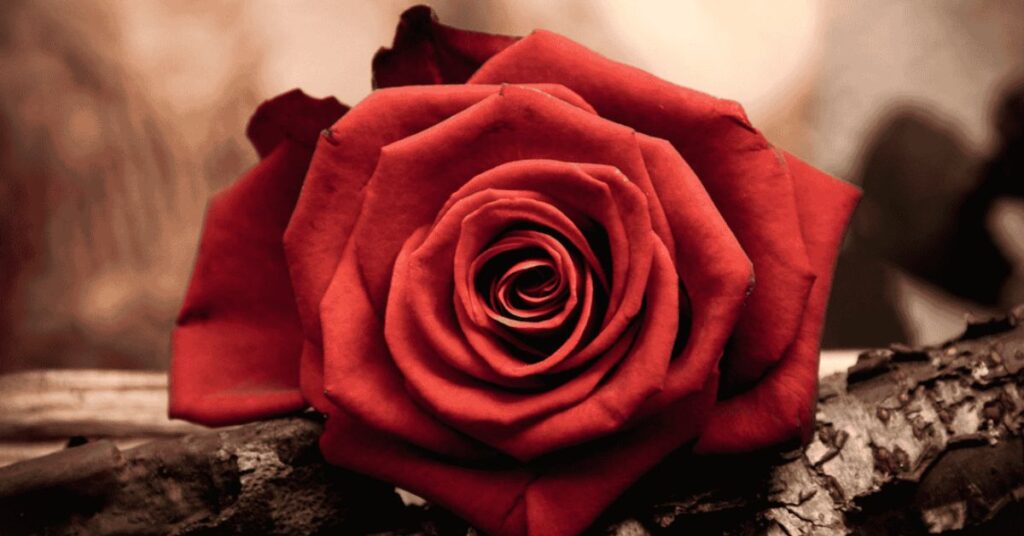
Recent studies have even suggested that the presence of flowers like roses can significantly enhance mental well-being. The vibrant colors and delicate petals promote feelings of calmness and joy—qualities essential for emotional recuperation. Moreover, the act of tending to roses can immerse individuals in nature’s rhythm, fostering mindfulness that allows space for reflection and growth.
Verbena
Verbena, often celebrated for its delicate blooms and vibrant colors, embodies a profound symbolism of healing that transcends mere aesthetics. Traditionally revered in various cultures, these beautiful flowers have been associated with purifying energies and emotional restoration. When planted in gardens or included in bouquets, verbena serves as a gentle reminder of nature’s ability to soothe the weary soul and mend emotional scars.

Beyond their visual appeal, verbenas are infused with rich historical significance. In ancient folklore, they were considered a “cure-all” herb — said to alleviate ailments from physical pain to spiritual distress. Modern herbalists still utilize verbena for its calming properties, leveraging teas and tinctures crafted from the leaves to promote relaxation and tranquility.
Chrysanthemums
Chrysanthemums, often celebrated for their vibrant hues and intricate blooms, are more than just a feast for the eyes; they stand as powerful symbols of healing across various cultures. In traditional Chinese medicine, these beautiful flowers are revered not only for their aesthetic value but also for their therapeutic properties. Chrysanthemum tea, infused from the petals of these blossoms, is believed to alleviate headaches and reduce fever while promoting overall well-being. This intimate connection between chrysanthemum and healing illustrates how nature can intertwine beauty with restorative benefits.
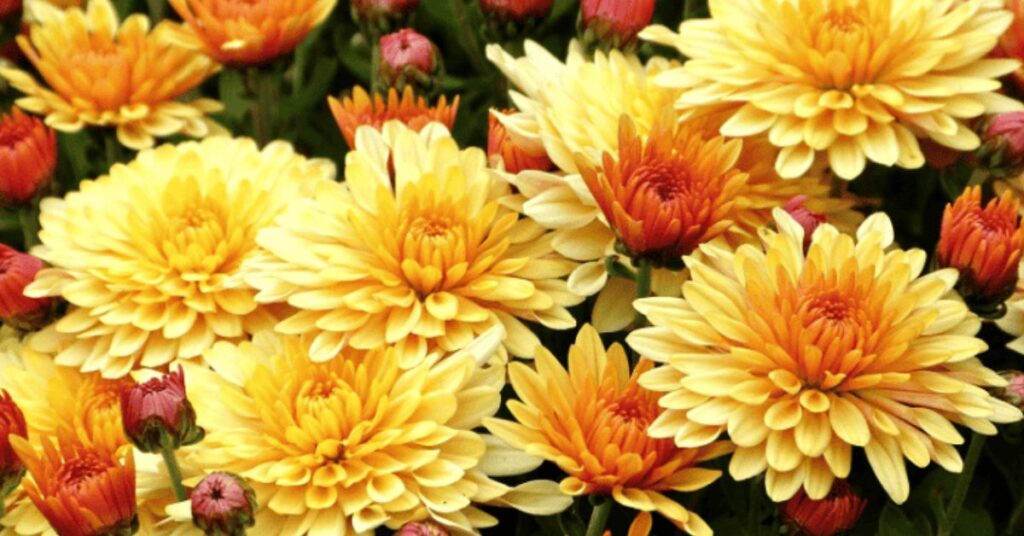
Beyond their medicinal uses, chrysanthemums carry significant spiritual weight in many cultures. In Japan, these flowers symbolize longevity and rejuvenation; festivals celebrating their blooming mark the changing seasons while fostering communal well-being.
Gerbera Daisy
The Gerbera Daisy, with its vibrant colors and striking form, transcends mere beauty; it embodies the essence of healing in a myriad of ways. These flowers are often seen in lively arrangements during hospital visits or wellness retreats, symbolizing hope and rejuvenation. Their significant role in the world of florotherapy highlights how color psychology can influence our emotions — warm hues like bright pinks and sunny yellows foster positivity, while deeper shades can evoke calmness. This makes Gerbera Daisies not just visual delights but powerful emotional catalysts.

Calendula
Calendula, often celebrated as one of the beautiful flowers that represent healing, is much more than just a vibrant addition to gardens. These cheerful blooms have been utilized for centuries in traditional medicine, thanks to their remarkable anti-inflammatory and antiseptic properties. When applied topically, calendula can soothe skin irritations and promote faster wound healing, making it an essential ingredient in natural skincare products. The bright orange and yellow petals not only brighten up any landscape but also evoke a sense of comfort and wellness.

Camelia
Camelia flowers, with their lush petals and vibrant hues, have long been celebrated not just for their beauty but also for their profound symbolism of healing. These exquisite blooms are often associated with inner strength and emotional growth, making them a popular choice in therapeutic gardens and wellness spaces. The layered petals of a camelia—a comforting metaphor for resilience—encourage introspection, offering a gentle reminder that true healing unfolds in layers over time.
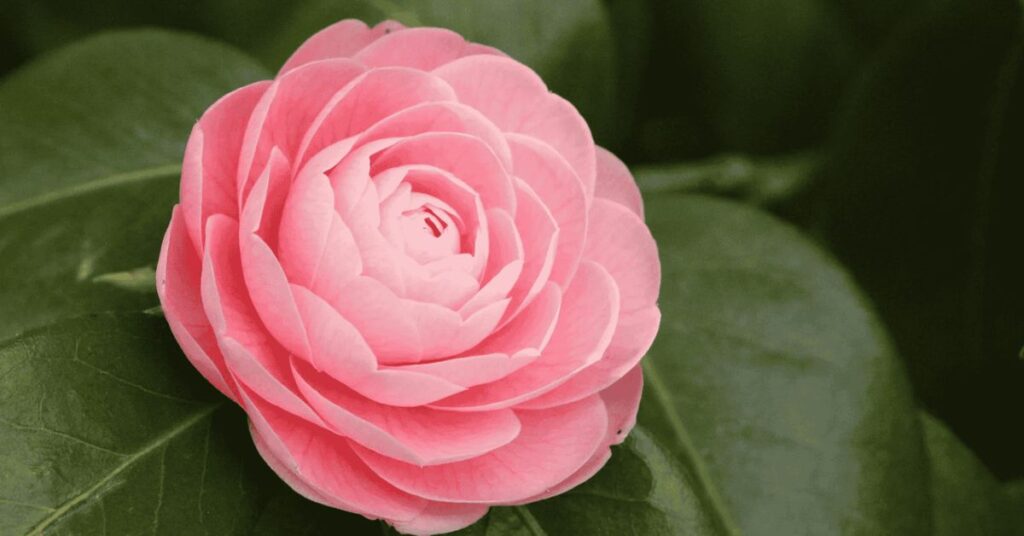
Camelias apart is their ability to thrive in varying conditions, paralleling the human experience of overcoming adversity. Each color variation carries its own unique message: pink camelias symbolize affection and love, while white ones represent purity and truth.
St. John’s Wort
St. John’s Wort, with its vibrant yellow blossoms, is not only a feast for the eyes but also a powerful symbol of healing. This perennial herb has been revered for centuries in various cultures as a gentle antidote to emotional and physical ailments. Often found blanketing meadows and hillsides, these beautiful flowers bloom under the sun’s warm embrace, reminding us of nature’s ability to restore balance in our mind and body.
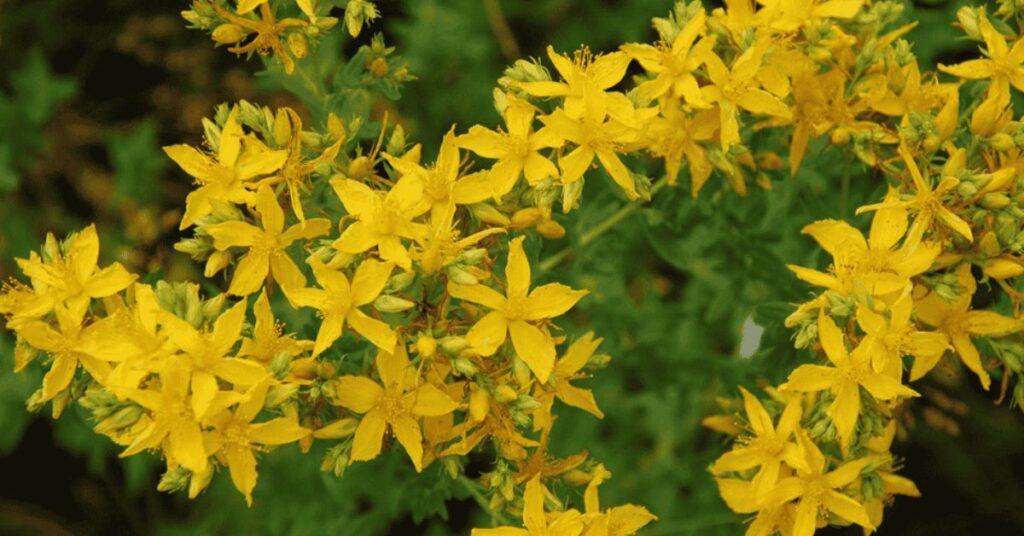
What makes St. John’s Wort particularly fascinating is its dual role as both a wildflower and herbal remedy. The bright petals, resembling tiny suns, open up towards the sky – an invitation to harness their restorative qualities. Historically, they have been used to combat depression and anxiety due to their natural compounds like hypericin and hyperforin which engage with neurotransmitters in the brain.
Conclusion
The beauty and symbolism of flowers extend far beyond their visual appeal; they serve as powerful representations of healing in various cultures around the world. From the calming lavender to the resilient echinacea, each flower carries its own unique message of restoration and hope. Incorporating these blossoms into your life, whether through gardening, gifting, or simply enjoying their presence, can foster a sense of tranquility and well-being.
By understanding the meanings behind these beautiful blooms, we can enhance our emotional and spiritual healing journeys. Explore the world of Flowers That Represent Healing today and discover how they can enrich your life and promote a deeper sense of peace.
Summary 14 Beautiful Flowers That Mean Healing
| Number | Flower Name | Number Color | Symbolism |
| 1 | Jasmine | Yellow | Healing, Happiness, optimism, and purity |
| 2 | Snapdragons | Red | Passion, courage, and vitality |
| 3 | Sunflowers | Yellow | Happiness, optimism, and loyalty |
| 4 | Lavender | Purple | Calmness, relaxation, and healing |
| 5 | Sage | Green | Wisdom, harmony, and cleansing |
| 6 | Evening Primrose | Green | Healing, fertility, and balance |
| 7 | Dandelion | Yellow | Hope, resilience, and renewal |
| 8 | Roses | Red | Love, beauty, and courage |
| 9 | Verbena | Purple | Creativity, joy, and harmony |
| 10 | Chrysanthemums | Red or White | Fidelity, optimism, joy, and long life |
| 11 | Gerbera Daisy | Yellow or Orange | Purity, innocence, and beauty |
| 12 | Calendula | Yellow or Orange | Healing, protection, and comfort |
| 13 | Camelia | White or Pink | Purity, elegance, and grace |
| 14 | St. John’s Wort | Yellow or White | Faithfulness, hopefulness, and resilience |
FAQs
What Flower Symbolizes Healing?
Several flowers are known to symbolize healing, but one of the most prominent is the lavender flower. Lavender has long been associated with tranquility and healing properties due to its calming scent and therapeutic uses in aromatherapy. Traditionally, it has been used to alleviate stress, anxiety, and even physical ailments, making it a powerful symbol of emotional and physical healing.
Flowers That Mean Emotional Healing?
Several flowers are often associated with emotional healing due to their symbolic meanings and therapeutic qualities. One of the most notable is the lavender flower, which represents calmness and tranquility. Its soothing fragrance is commonly used in aromatherapy to reduce anxiety and promote relaxation, making it a popular choice for those seeking emotional comfort.
Flower That Represents Healing?
One flower that is widely recognized for its association with healing is the lavender. Known for its calming fragrance, lavender has been used in traditional medicine for centuries to alleviate stress and promote relaxation. The flower’s soothing properties are often utilized in aromatherapy, where its essential oil can help reduce anxiety and improve sleep quality.
Plants That Symbolize Healing?
Several plants are renowned for their symbolic association with healing, often rooted in cultural traditions and historical uses in herbal medicine. The most recognized is the aloe vera plant, celebrated for its soothing properties on burns and skin irritations. Its thick, fleshy leaves contain a gel that not only aids in physical healing but also symbolizes resilience and recovery.


